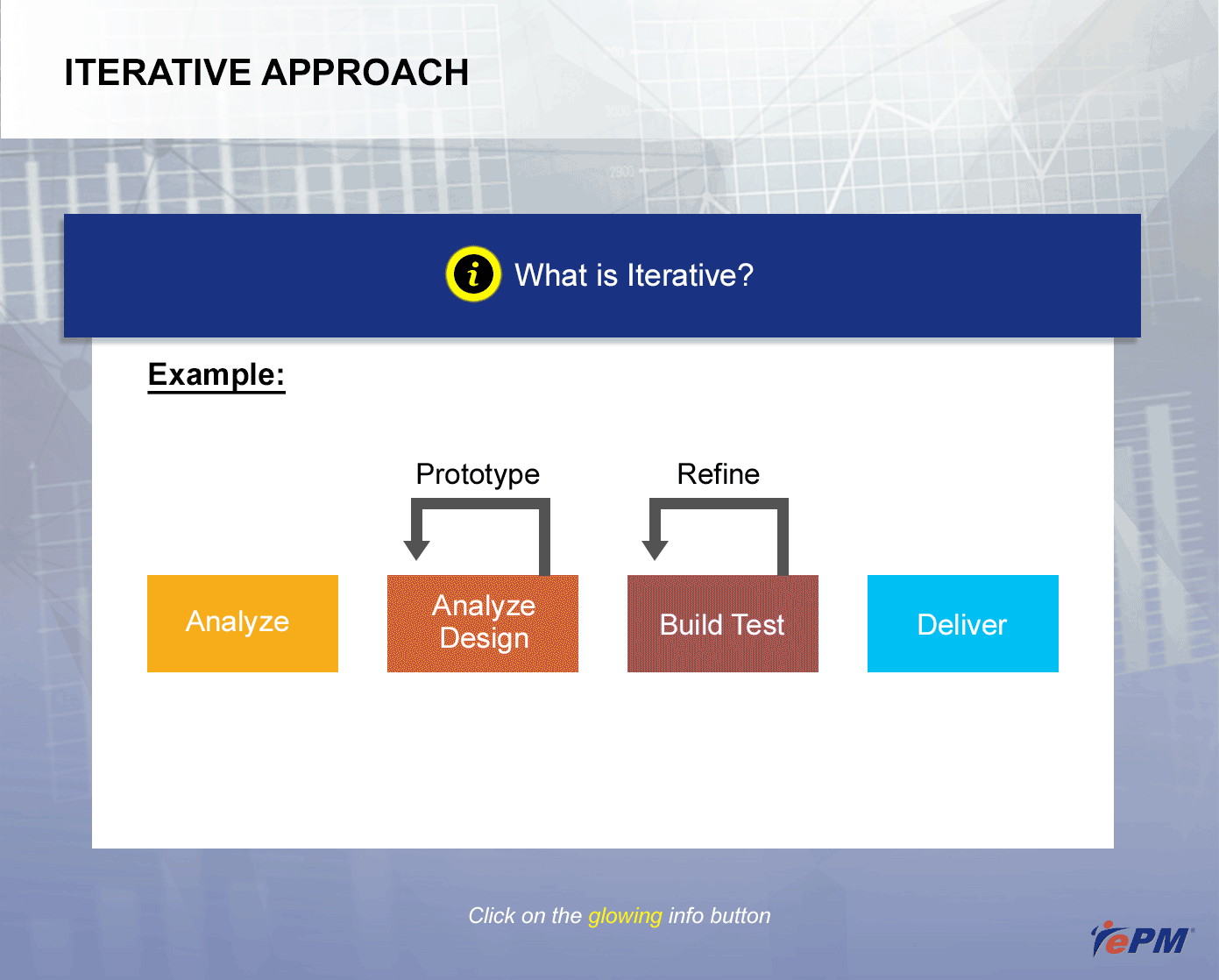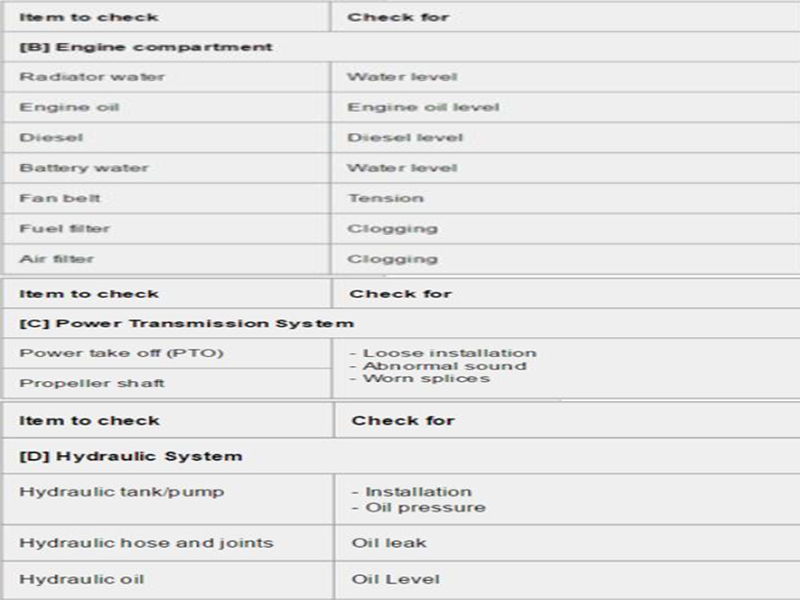• Project scope are generally determined early in the project life cycle but time and cost estimates are routinely modified as the project team’s understanding of product increases
• Iterations develop the product through a series of repeated cycles while adding functionality of the product
• Allows feedback on partially completed or unfinished work to improve and modifications
• Focus on the correctness of the product of solution

2. Analysis of the Situation
• Organization strategies, goals and objectives
• Root cause(s) - business problems or oppurtunities
• Gap analysis
• Known risks
• Critical success factors
• Decision criteria (eg.required, desired, optional)
3. Options to address the business problem or opportunity eg
• Do the minimum work
• Do more than the minimum work
• Do nothing
4. Recommendation
• Recommended option with analysis results
• Constraints, assumptions, dependencies
• Risks
• Success measures
Implementation Approach
• Milestones, dependencies, roles & responsibilities
Evaluation
Plan for measuring benefits
